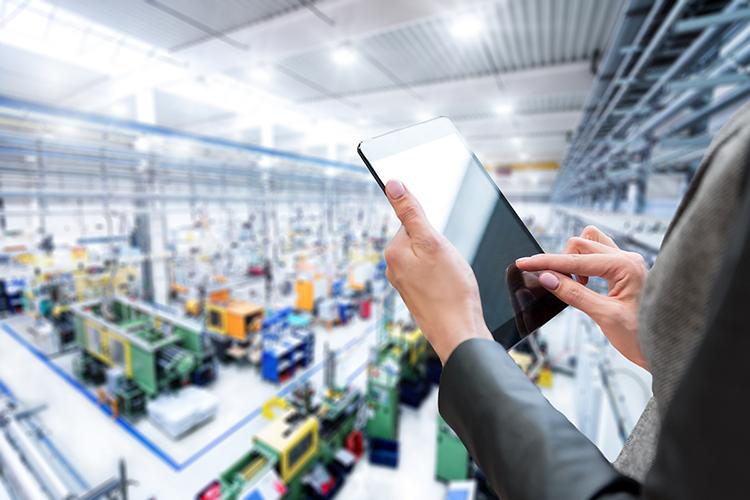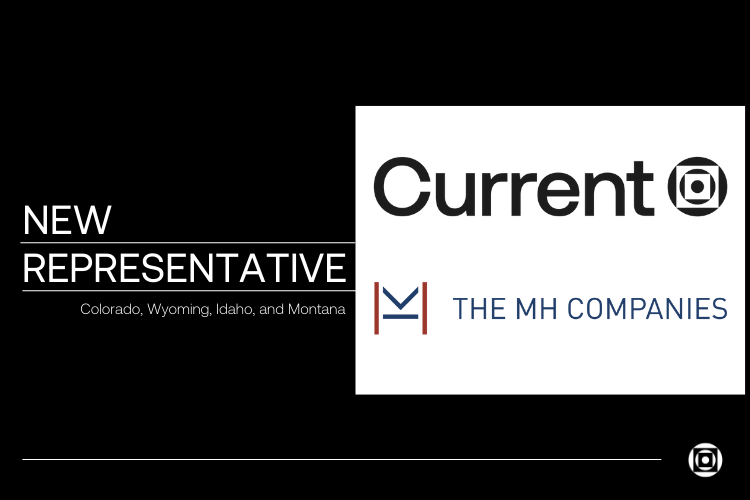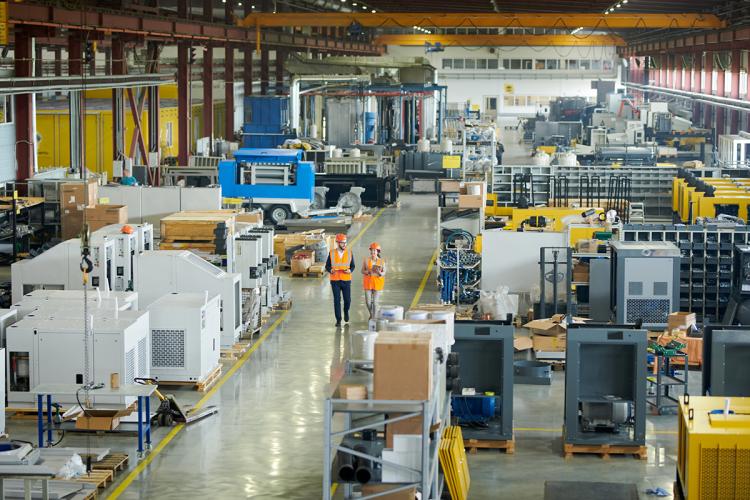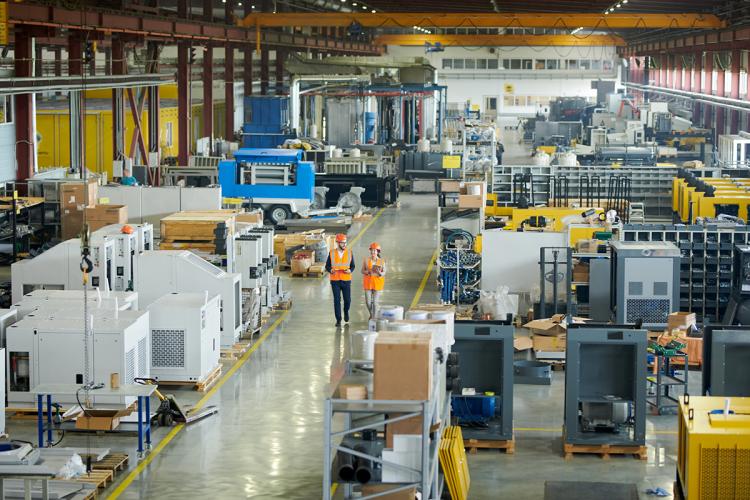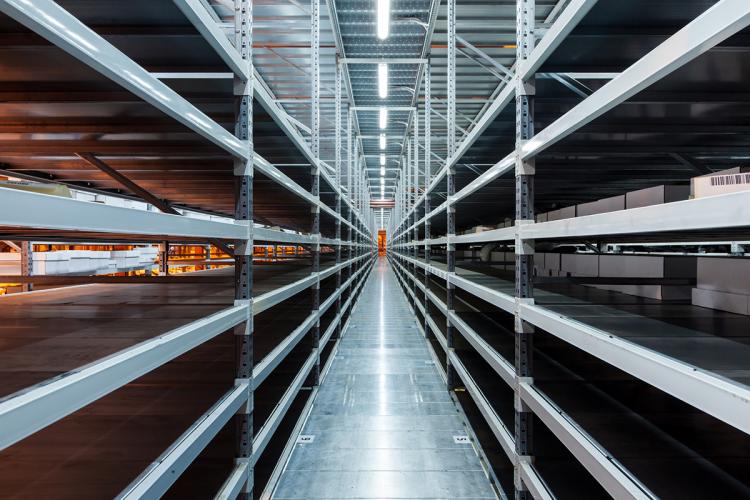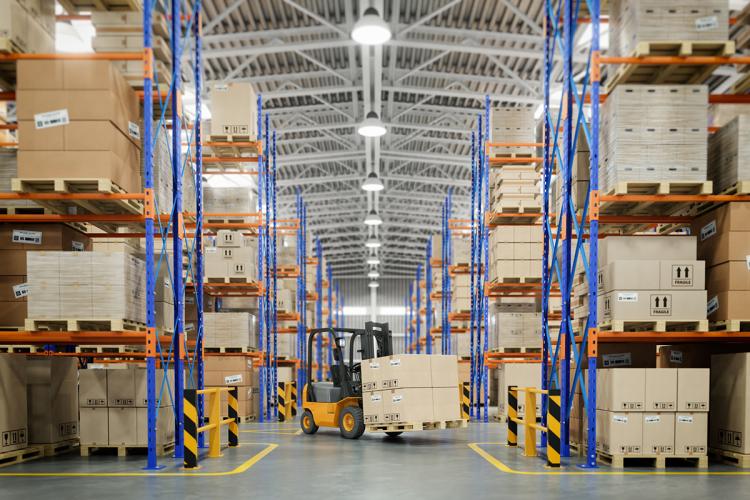Building Intelligent Environments with LED Lighting and the Industrial Internet of Things
Building Intelligent Environments with LED Lighting and the Industrial Internet of Things
Authored by Anthony Piunno, Industrial Marketing Manager, Current
Industry 4.0 is here. Factories are getting smarter and increasingly turning to new technologies to improve how they conduct business. As manufacturers across the globe realize that smart factories are the future, they also recognize the need for a better factory infrastructure that can support the Industrial Internet of Things (IIoT). Investing in IIoT is tricky: Technology changes at a rapid pace, and many organizations aren’t sure where to begin or how to ensure that budget isn’t wasted on soon-to-be obsolete strategies. That’s why lighting is the perfect place to start.
LED Lighting as the Foundation
LED lighting is much more than energy savings. Yes, these fixtures can reduce lighting energy consumption by 50%, which is significant, but their utility stretches far beyond simple energy savings. Light fixtures present a unique opportunity because they permeate the space like few other assets can; they are virtually everywhere. Additionally, they have their own power source, they can be controlled remotely, and they can be equipped with sensors capable of ingesting a variety of information.
In their most basic form, sensor-enabled lights can reduce energy usage through features like motion or occupancy sensors and dimming along with slightly more advanced controls that allow for task-tuning, daylight harvesting, and scheduling. All of which can bring an additional 20% in energy savings. That is a great first step, but when we start to examine more advanced capabilities is where it really gets exciting.
Since LED light fixtures are found in the ceiling, it gives them a unique vantage point and when you start putting sensors and controls in those fixtures you’re able to leverage that vantage point to create some innovative use-cases. For example, real-time location-based systems for asset tracking. Bluetooth Low-Energy (BLE) or radio frequency identification (RFID) sensors in the fixture can read BLE or RFID tags on your assets and track their position and movement. This can be used to track equipment, goods, and even people moving throughout the facility. Other exciting use cases include environmental monitoring for air quality and integrating with HVAC systems to optimize heating and cooling.
Furthermore, at Current, our solutions are open-on-the-top and open-on-the-bottom, which means you can integrate a variety of sensors on the bottom and create APIs to a variety of software solutions on the top, opening the door for endless possibilities. When you include sensors and controls in your LED light fixtures and bring it all together with a software platform like Daintree Enterprise, you create a digital ceiling that becomes part of the foundation for your smart factory environment.
Automakers Among the Early Adopters of Smart Factory Technology
An intelligent industrial environment can help make factories safer, more productive and more cost-effective. These factors are critical for all operations, but especially in the world of auto manufacturing. Not only must major brands comply with global regulations and increasing pressure regarding safety and energy efficiency, but they also have to reduce expenses to stay competitive. Automakers typically need to be on the cutting edge of technology, outfitting models with the latest and greatest tech to satisfy a multitude of requirements and consumer desires. That is why we are seeing smart factory technologies being adopted at a higher rate in the automotive space. Frost & Sullivan indicates that the automotive industry has invested anywhere from $4 billion to $5 billion on smart infrastructure in the past five years, and they are projecting the financial implications of smart factories at $150 billion for automotive manufacturers in the next three to five years.
How General Motors Embraces Industry 4.0
When it comes to creating a smart factory and operating more efficiently, General Motors is in the driver’s seat. Breitner Marczewski, an Energy Engineer at General Motors, spoke with Current about the automaker’s switch to LEDs during the webinar “Driving Energy Efficiency with LED.” He started by explaining that GM chose to start with lighting because of the potential savings and ROI, but it is serving a much bigger purpose as the catalyst to additional technological advancements aimed at reducing energy and increasing operational efficiency among the GM facilities.
“Lighting is a key component to drive culture change regarding energy conservation because it is the first thing employees will notice when they come in to the plant,” Marczewski explained. “When you have a good lighting system in place, where lights are on only where they are needed, that can open other doors for more energy savings projects.”
With over 50,000 LED fixtures already shipped to GM facilities across the U.S., the automaker is experiencing the benefits – both from energy savings and a better work environment. The more efficient LED lights provide better light for the manufacturing line and ensure the facilities team can spend less time and money on maintenance. Additionally, LED’s produce a lot less heat than HID or Metal Halide which reduces the temperature in the facility, lessens the load on the HVAC systems, and improves employee satisfaction.
The positive impact of LED lighting on energy savings is clear, but the benefits extend well beyond that and this is just the tip of the iceberg for Industry 4.0. As industrial facilities begin looking for ways to start building a smart factory, more and more will be looking to the digital ceiling.
What’s in Store for the Future of IIoT?
Launching the IIoT within an industrial space will be necessary to power the smart factory of tomorrow. Technologies such as robotics, augmented and virtual reality, machine-to-machine communication and more will be ubiquitous and will shape the future of manufacturing. The tools of tomorrow can help optimize performance, improve decision-making and make organizations more competitive in an increasingly global marketplace. For businesses that want to stay ahead of the curve, embracing Industry 4.0 and the IIoT is the only way to do it.
Are you ready to learn more about Industry 4.0? Read the Frost & Sullivan whitepaper, “Automotive Digitization: Time to Shift Focus to Intelligent Environments.”


